Bali is tightening its grip on Asia’s travel map with two new international routes linking the island directly to China and South Korea. Operated by Sichuan Airlines and T’way Air, the new services signal a bold step in diversifying Bali’s tourism base and strengthening its role as Southeast Asia’s most influential island destination.
The new services signal a bold step in diversifying Bali’s tourism base and strengthening its role as Southeast Asia’s most influential island destination.
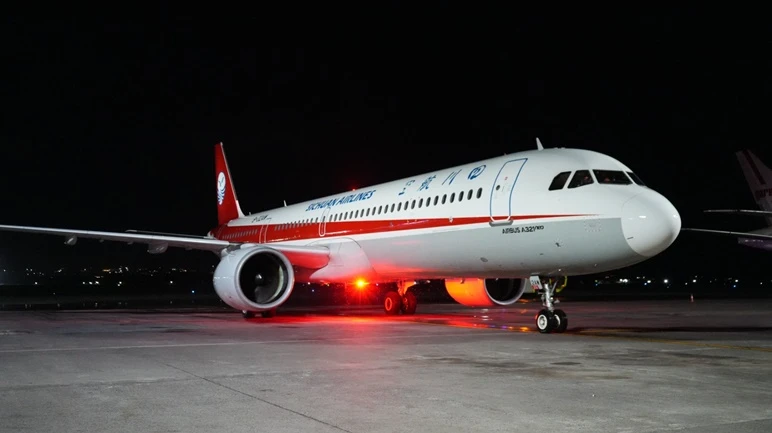
With Sichuan Airlines connecting Chengdu to Denpasar daily and T’way Air flying twice weekly from Cheongju, Bali’s air connectivity is entering a new phase. The island is no longer relying solely on traditional source markets. Instead, it is extending a strategic hand to Asia’s two biggest travel powerhouses, both known for strong outbound demand and high return potential.
Asia’s Travel Giants Move Closer to Bali
China and South Korea are more than just large tourism markets; they are trendsetters that shape regional travel flows. The renewed surge of visitors from both countries to Bali reflects a broader shift in post-pandemic travel behavior. Asian travelers are looking for destinations that combine convenience, culture, and comfort, and Bali delivers all three.
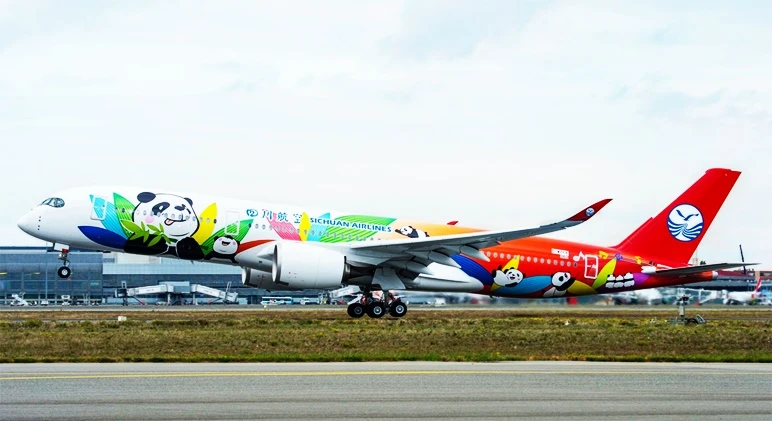
For Chinese tourists, the new Chengdu route creates an easier escape from inland mega-cities that previously required multiple transfers to reach Indonesia. For South Koreans, direct flights from Cheongju unlock new access beyond Seoul’s crowded departure points, potentially tapping into a new demographic of mid-tier cities eager to travel internationally.
The Competitive Advantage of Connection
The addition of Sichuan Airlines and T’way Air lifts Bali’s international tally to 42 routes and 47 airlines, an impressive rebound that positions the island as one of Southeast Asia’s best-connected leisure destinations. More flights mean more flexibility, more competition, and a wider funnel of potential visitors from across Asia.
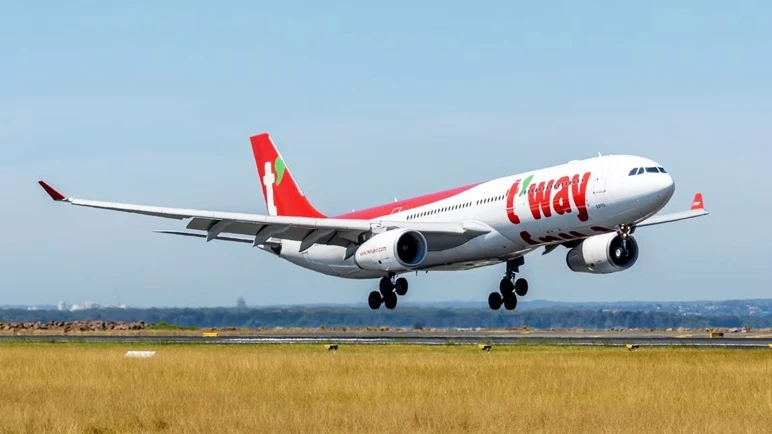
This momentum could reshape the rhythm of Bali’s tourism calendar. Australian visitors still dominate, but the steady rise of Chinese and Korean arrivals hints at a more balanced and resilient visitor mix. For local businesses, this diversification brings a new wave of opportunity, from culinary ventures and retail to wellness retreats tailored to Asian tastes and expectations.
A Future of Strategic Tourism
Behind the expanding route map, Indonesia’s airport operator is working to elevate the travel experience itself. A national improvement program aims to raise service quality at 37 airports, including Bali’s gateway. The initiative focuses on six core priorities: safety, cleanliness, information clarity, friendliness, efficiency, and facility reliability.
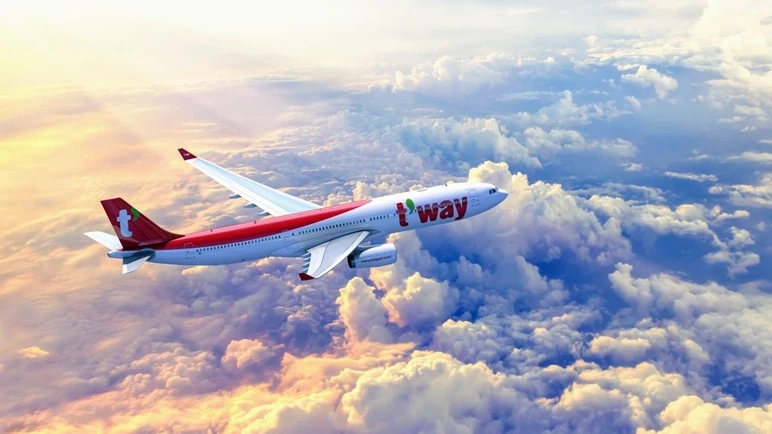
If delivered effectively, this could set a new benchmark for Indonesia’s aviation sector. Ngurah Rai Airport’s evolution into a modern, guest-centered hub would not only enhance traveler satisfaction but also reinforce Bali’s image as a destination that matches world-class hospitality with seamless infrastructure.
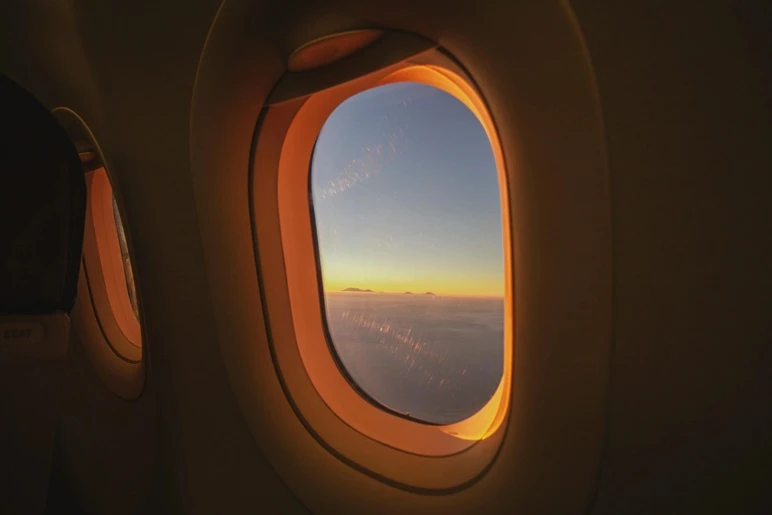
These new connections underscore Bali’s ambition to evolve beyond its beach paradise image into a well-integrated global tourism hub. Yet as the number of arrivals climbs, the island still faces a familiar challenge: how to sustain growth without overwhelming its environment and infrastructure.




 Billy Bagus
Billy Bagus
 Oct 24, 2025
Oct 24, 2025






